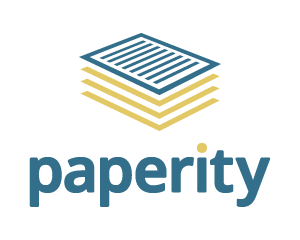Restitution and Equity
Abstract
The acceptance and potential growth in Australia of the law of restitution, based upon the concept of unjust enrichment, raises some questions about its place within our legal framework. In particular there has been some concern about its effect on and its relationship with equity. It is suggested that there are areas of overlap between the two. That is, where restitution in equity would fit within the unjust enrichment framework. In this article, three examples of such potential overlap are analysed to compare the respective principles at work in equity and unjust enrichment in a more detailed manner than has been previously attempted. It has been suggested that the integration of the relevant equitable principles is still one of the greatest challenges facing the law of restitution. This paper is an endeavour to better understand the real nature of any relationship and the conflicts that apparently exist between these two areas of law.
Published
Oct 30, 1995
How to Cite
BYRNE, Mark.
Restitution and Equity.
QUT Law Review, [S.l.], v. 11, p. 169-184, oct. 1995.
ISSN 2201-7275.
Available at: <https://lr.law.qut.edu.au/article/view/398>. Date accessed: 01 feb. 2021.
doi: https://doi.org/10.5204/qutlr.v11i0.398.
Section
Emerging Scholars' Section
Since 2015-12-04
Abstract Views
1697
PDF Views
5823
Until 2015-12-04:
Abstract Views
545
PDF Views
3179
Authors who publish with this journal retain copyright and grant the journal right of first publication with the work simultaneously licensed under a Creative Commons Attribution License (CC-BY) that allows others to share the work with an acknowledgement of the work's authorship and initial publication in this journal.
Articles in this journal are published under the Creative Commons Attribution Licence (CC-BY). This is to achieve more legal certainty about what readers can do with published articles, and thus a wider dissemination and archiving, which in turn makes publishing with this journal more valuable for authors.






